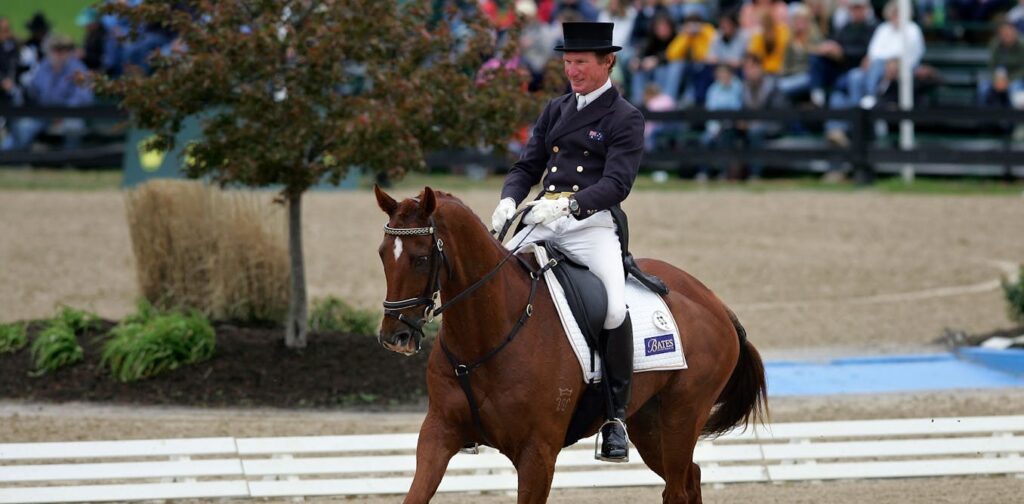
Last week, the equestrian community in Australia was rocked by the suspension of a prominent member following the release of footage allegedly showing Australian Olympic dressage rider Heath Ryan whipping a horse over 40 times. The incident has reignited the debate over the use of whips in horse training and competition, with many calling for a complete ban.
The footage, reportedly filmed two years ago, captures Ryan, a seasoned trainer and instructor, forcefully whipping a horse named Nico. The video is both visually and audibly disturbing, with the sound of the whip cutting through the air and striking Nico’s flesh clearly heard. Nico’s distressed reactions, including kicking out, are evident, yet the whipping continues. Ryan has acknowledged his role in the footage, explaining that Nico was a “problem child” horse that he intervened to save from slaughter.
Historical Context and Previous Incidents
This is not the first time horse whipping has come under scrutiny. In July 2024, Charlotte Dujardin, a three-time Olympic dressage gold medallist, was fined CHF 10,000 (approximately A$18,867) and suspended for 12 months after footage showed her repeatedly whipping a horse. More recently, in May 2025, Australian trainer Liandra Gray faced prosecution by the RSPCA for striking a horse with a padded racing whip more than 40 times, leading to a court ruling that her actions constituted cruelty.
Equestrian Australia’s national dressage rules explicitly prohibit the excessive use of whips, yet enforcement and adherence remain inconsistent. These incidents highlight ongoing concerns about animal welfare in equestrian sports and the need for stricter regulations.
The Ethical Debate: Consequentialism and Animal Welfare
Ryan’s justification for his actions rests on consequentialism, a philosophy where the morality of an action is judged by its outcomes. He argues that his intervention saved Nico from slaughter and allowed the horse to thrive in a new home. However, this raises ethical questions about what constitutes a “good” outcome and whose standards are used to measure it.
Critics argue that such justifications overlook the intrinsic value of horses as sentient beings capable of suffering. They point out that the relationship between rider and horse is often framed as a partnership, yet horses have little agency in this dynamic. The tools and cues used by riders, including whips, are aversive and can cause pain, motivating horses to comply to avoid discomfort.
Expert Opinions and Scientific Evidence
International organizations like the International Society for Equitation Science (ISES) and the Federation of Veterinarians of Europe have long warned against the misuse of aversive training methods. They emphasize that fear and stress induced by such practices are not only inefficient but also pose significant welfare risks.
ISES has developed a set of 10 principles for training horses, advocating for humane methods that do not rely on violence or fear.
Experts argue that modern training techniques can effectively modify unwanted behaviors without resorting to force. These methods prioritize the horse’s well-being and promote a more ethical approach to equestrian sports.
The Path Forward: Calls for Change
The recent incident involving Ryan and Nico underscores the urgent need for reform in equestrian training practices. Advocates for animal welfare are calling for stricter enforcement of existing rules and the implementation of a complete ban on whipping in all equestrian disciplines.
As the equestrian community grapples with these ethical challenges, the spotlight remains on the need for a cultural shift towards more compassionate and scientifically informed training methods. The goal is to ensure that the welfare of horses is prioritized, fostering an environment where they can perform without fear or pain.
Moving forward, the equestrian world must confront these issues head-on, balancing tradition with the evolving understanding of animal welfare. The debate over horse whipping is not just about one incident or one rider; it is a call to action for the entire sport to embrace change and protect the animals at its heart.





